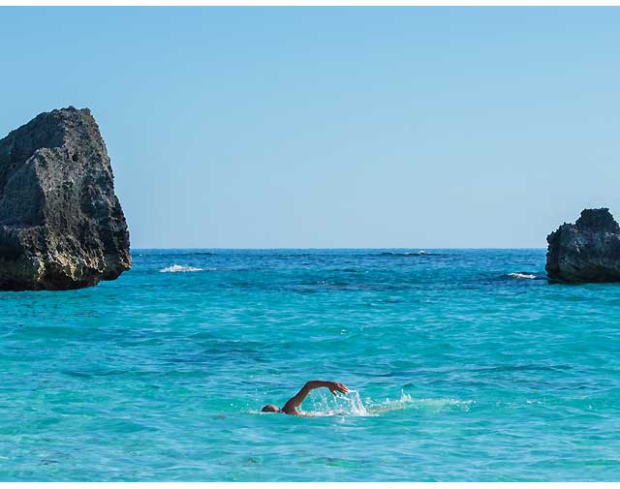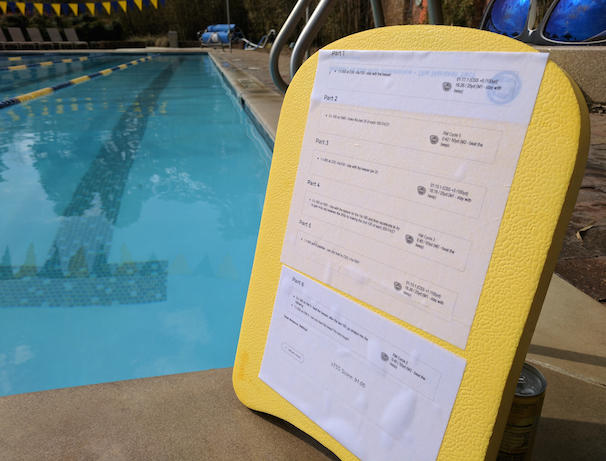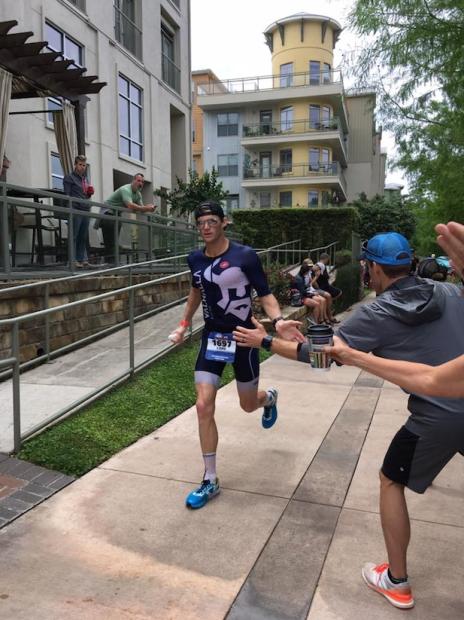New Year, New Challenges
Many around here have been competing in endurance sports far longer than me. Others are newer to the scene. So, these are reflections from someone somewhere in the middle of my endurance sporting life. Lessons I learned this past year and how I go about pushing the refresh button in order to stay motivated.
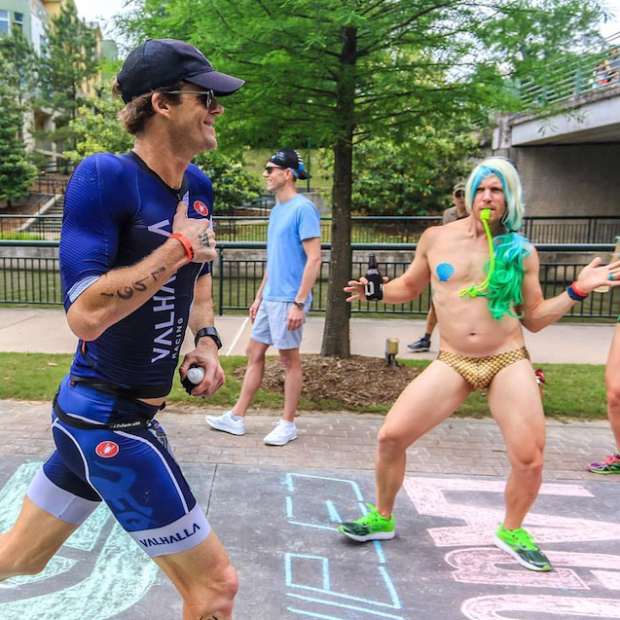
KEEP THE MIND AND BODY FRESH – SEEK NEW CHALLENGES. One of my aims at the start of every year is to seek out challenges, circle their dates on the calendar, and then scheme a plan of attack to train up to them. Now with 15 seasons dedicated to multisport in the rear view it has become increasingly important to consider new ways to tackle yearly racing goals or else dream up new challenges altogether. I came up with two challenges last season. The first was to race Ironman Texas on a minimal training program (9 hours per week). The second was the ÖTILLÖ Swimrun Worlds in September.
GET MORE BY DOING LESS. At some point I came across Sami Inkinen’s experiment and became intrigued by the success he had in training for long distance triathlons off an extremely low volume training plan. I decided to see how I could do at an Ironman off a training plan capped at nine hours per week. Ironman Texas was an easy choice as I live in The Woodlands where the race is held. The focus across the board was quality over quantity. The bike plan I followed from TrainerRoad cut out base miles and focused only on quality sessions at or near FTP threshold level. I put a premium on building my overall fitness in the pool, and took out junk miles and focused on high quality efforts on the run. On race day I focused on conservative pacing and was diligent about cramp prevention and staying on top of nutrition. The end result was an effort not far off my previous bests over the iron distance. All off a fraction of the training.
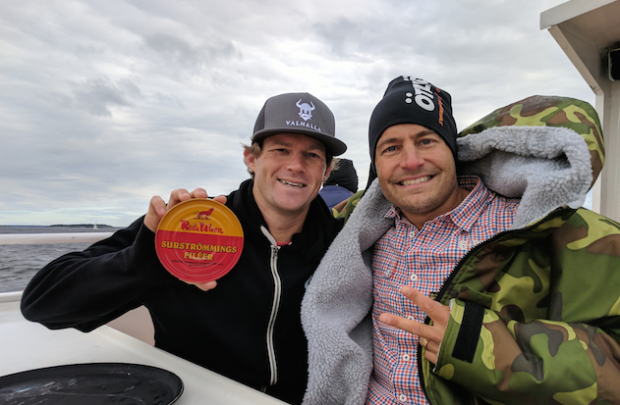
TEAMMATES RULE. ÖTILLÖ Swimrun Worlds in the Stockholm archipelago was my major second half of the season goal. This is a mammoth endurance challenge covering 75 total kilometers – 10k of swimming through the cold brackish waters of the Baltic Sea and 65k of running over rugged trail terrain, raced as two person teams. The 2017 event was raced in downright nasty conditions with choppy seas, swirling winds and spitting rain.
While my teammate and I were relishing these conditions, our day quickly turned upside down in the first swim leg, a 1700 meter crossing. I was unintentionally kicked in the face and swallowed a bunch of water as part of the initial scrum, not unlike the start of a triathlon. I remember that Mike Tyson quote flashed through my head, “Everyone has a plan until they get punched in the mouth.”
Typically not one to panic or lose control during a swim or in open water, I spiraled into what can only be described as a panic attack. Short of breath, tightness in the chest and incessant coughing left me without much power to propel through the water.
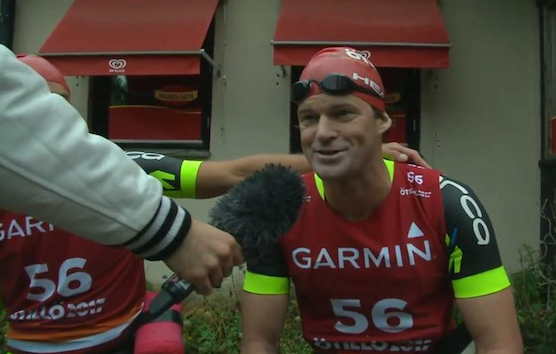
This is where having a teammate in swimrun becomes so crucial. My teammate, Peter Oom – a multiple-time ÖTILLÖ finisher and all-around extreme endurance veteran – stopped me. Upon seeing I was not ok, Peter advised me to let him take the lead and, with tether secured, towed me into shore. We later dropped out of the race as the race medical staff suggested I was showing signs of having aspirated water into my lungs and wanted to monitor those symptoms. Without a teammate, I am unsure how I would have been able to make it to land under my own power. This was harrowing and humbling as the previous year my teammate and I were the first to reach the swim exit at the opposite shore.
That day I learned firsthand why swimrun is raced in teams. Not only for the camaraderie, but also to have a built-in safety first responder on hands at all times. The swimrun ethos is to take care of one another over everything else. I will forever be thankful to Peter for putting his race ambitions aside, realizing something was not right, and convincing me it was ok to stop. I am confident we will both be back on the starting line at ÖTILLÖ WC again in the future.
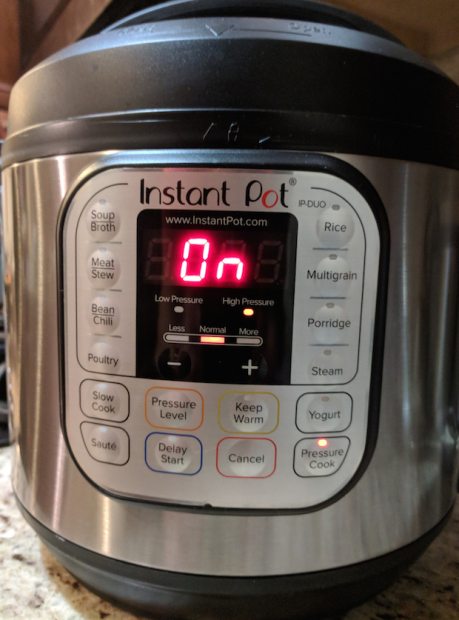
TRY SOMETHING NEW – USE YOUR MULTISPORT TOOLKIT. One cool aspect of multisport is the seemingly endless uses for the athletic tools we have inside our multisport toolkit (Slowman writes about this theme on the site often). I started triathlon in earnest in 2002 after graduating from college but cannot remember a year that only included competing in triathlons. Every year I looked for ways to incorporate standalone running, cycling and open water swim races into the year. However, truth be told, I never enjoyed pool swimming until two years ago. Two things changed for me: 1) a desire to boost my swim fitness for swimrun races and 2) getting in the water with specific workouts in mind. I have gone from a 1-2x/week swimmer to a 5-6x/week swimmer and am convinced this time spent in the pool, and utilizing a VASA Erg, has been the best bang for my buck in building fitness that translates across all three sports.
FOCUS ON FOOD AND RECOVERY. These were two things I undervalued during my early years in the sport. I will always remember living off cases of Clif Bars as a recent college grad (my uncle was the Twin Cities Marathon Race Director at the time and hooked me up with unopened leftovers). Yup, often times for breakfast, lunch, dinner, and snacks.
I confess I am still not a poster boy for healthy eating but I do try to focus on cutting out most processed foods. We eat at home as often as possible, made easier as of late with using an Instant Pot. We put a premium on sleep in our house and try to take all we can get. This is usually 6 to 8 hours a night. I put good use to our NormaTec MVP Recovery boots, Trigger Point balls and foam roller and, new to the recovery arsenal this year, Footbeat mocs, in order to keep the feet happy.
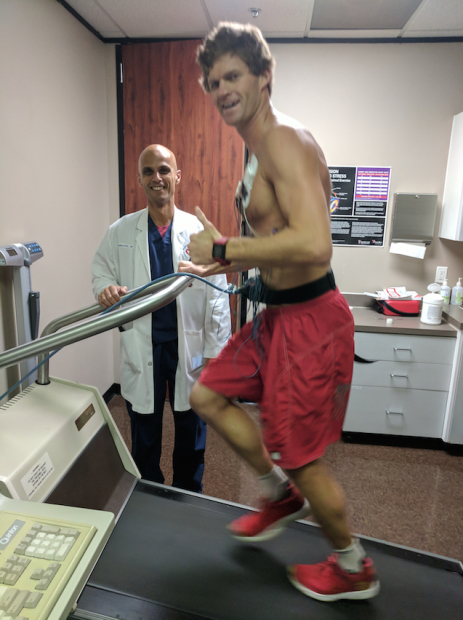
CHECK YOUR HEART. During my panic attack in the Baltic Sea this Fall I could not shake the all-consuming thought racing through my head that I was having a heart episode. I was having difficulty controlling my breathing, was short of breath, and was convinced my wetsuit was cutting off my airway and restricting my breathing. I wanted to rip it open, an utterly ridiculous thought given the sea on race day was in the mid-50’s F.
When I got back to Texas after ÖTILLÖ, I scheduled an appointment with a cardiologist in town. I sought out cardiologist Dr. Adnan Afzal, an accomplished endurance athlete, figuring he would understand why I wanted to get the check up done. I went through a battery of tests including an EKG, and wore a Holter monitor for 48 hours to record any arrhythmias not picked up during the EKG while going about daily activities. I also had a scan done along with a lab test which looked at my heart’s patterns during a ramp test. The only irregularity that appeared was a skipped heart beat on occasion which he determined was not anything to be too worried about. Upon learning of my daily coffee intake, he suggested I cut back to a few cups a day. It was a relief to learn I had most likely just experienced a freak and isolated incident that day in Sweden.
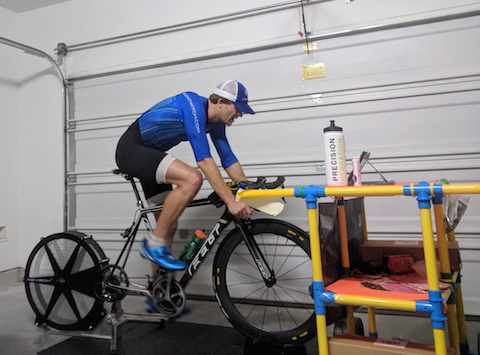
GO OLD SCHOOL FOR A RACE. Pick a race and dust off the ol' Kenny Souza banana hammock, keep the super slippery aero sleeved kit in the closet, and let 'er rip. In Texas we have a local race, Sylvan Beach Tri, that even created a separate bonus category, The Golden Speedo Award, for the team with the most athletes competing in budgies.
GO NEW SCHOOL FOR A RACE. Slowtwitchers know better than most how and where to find best practices with equipment for marginal gains. I made a conscious effort this year to use latex tubes, clincher tires, an aero helmet, an aero-sleeved tri kit, and to dial in my bike fit to optimize an aero position I could sustain for an entire race without compromising the run leg. All on the advice from those far smarter than me who freely share their knowledge in the Reader Forum!
Despite my lowest cycling training mileage logged in the last fifteen years, I think the most drastic change was made by taking my cycling training 100% indoors and utilizing a Revbox trainer. This trainer was funded by a Kickstarter campaign a few years ago and is gaining momentum in a big way amongst pro tour cyclists. This low inertia air braking trainer forces full muscle activation throughout the whole pedal stroke, is very light compared to other trainers on the market (making it easy to travel with), and utilizes a nine blade fan which keeps the body surprisingly cool during sessions. They also have a cadence and power sensor that is simple to install and it syncs up to Zwift, Sufferfest and TrainerRoad.
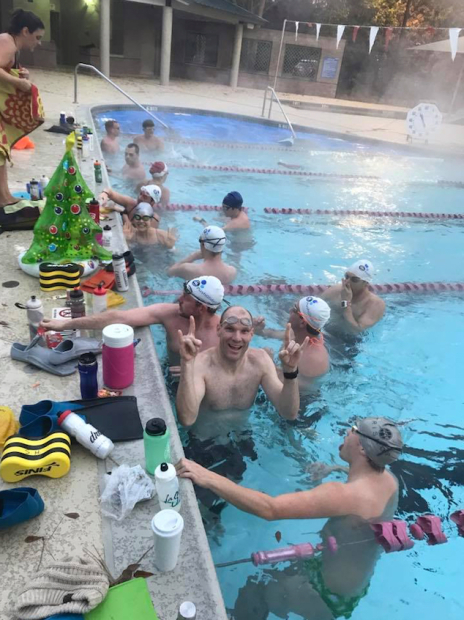
FINISH THE YEAR IN STYLE. For me, this typically comes in the way of a big swim set like 100×100's (or another version of a 10k set), but the beer mile is also spreading as a great way to celebrate the end of the year, and a convenient way to get your New Year's Eve celebration started. A local swim coach, Gemma Hollis from PushGlideKick, hosted this year’s 100×100 swim on Christmas Eve and a local coaching group hosted a beer mile on New Years Eve. Checked both boxes.
START THE YEAR IN STYLE. Nothing feels better than kickstarting the New Year with a big challenge. If you skipped on the 100×100 pool workout, hop in the pool and get it done. Or maybe there is another challenge. My wife came up with a swim set: 20×200’s followed by 18×200’s for 2018. She proceeded to kick my ass from start to finish.
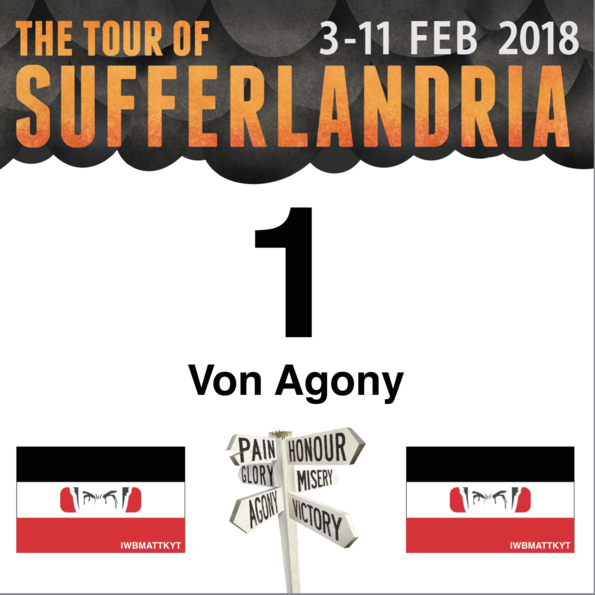
Next up is a few weeks of consistent trainer cycling, including Sufferfest’s 4DP test, a hotly debated topic on the forum, to establish a baseline leading into Sufferfest’s annual Tour of Sufferlandria taking place February 3-11. Each day of the virtual tour represents a stage which the rider has 24 hours to complete. The set up is similar to a real life cycling stage tour race, and having completed it twice before I must say Tour of Suf is every bit as difficult as the real thing.
What challenges does 2018 have in store? Reading about Dan’s recent Swimcation to Bermuda makes it hard to overlook how cool WTS Bermuda is going to be this April. Time to sign out and start browsing some local cycling races (thinking Rouge Roubaix) to get ready for four times up Corkscrew Hill. There is also a date later this year with Survival of the Shawangunks in New Paltz, New York inspired by Herbert's article last Spring on SOS race founder Don Davis. Between now and then, this will be a year of going short, including an all out attempt at a timed mile run. So many challenges out there and such little time.


